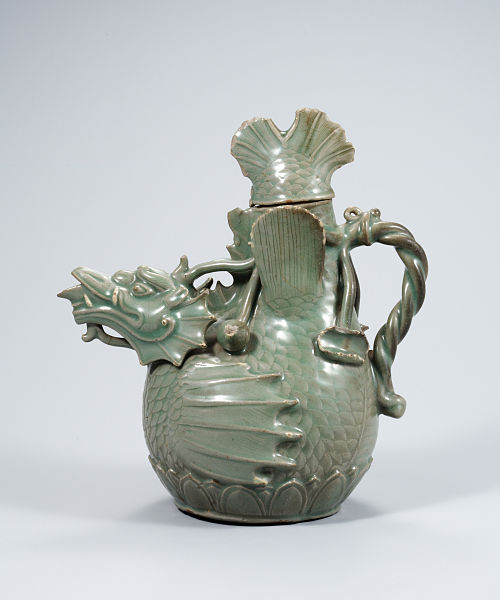Plastic arts are art forms which involve physical manipulation of a plastic medium, such as clay, wax or paint, to create works of art. The term is also used to refer to the visual arts, rather than literature and music. Materials for use in the plastic arts, in the narrower definition, include those that can be carved or shaped, such as stone or wood, concrete, glass, or metal.
Saytour Torchons Nîmes
Sarabande Musée des Tissus Lyon 2007-2008
Milton Becerra Ale'ya Durban Segnini Gallery Miami 2009.
La Ferté Bernard Festival Artec 2010
The arts or creative arts are a wide range of human practices of creative expression, storytelling, and cultural participation. They encompass multiple diverse and plural modes of thinking, doing, and being, in an extremely broad range of media. Both dynamic and a characteristically constant feature of human life, they have developed into innovative, stylized, and sometimes intricate forms. This is often achieved through sustained and deliberate study, training, and/or theorizing within a particular tradition, across generations, and even between civilizations. The arts are a vehicle through which human beings cultivate distinct social, cultural, and individual identities while transmitting values, impressions, judgements, ideas, visions, spiritual meanings, patterns of life, and experiences across time and space.
The Venus of Brassempouy
Lawrence Alma-Tadema's Catullus-at-Lesbia's (1865)
The Parthenon on top of the Acropolis, Athens, Greece
Celadon kettle from the 12th century. Goryeo celadon is considered to be among the great achievements of Korean art.








